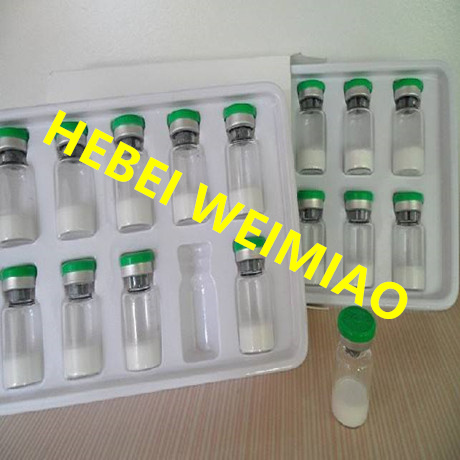
- +86-13363869198
- weimiaohb@126.com

Nov . 27, 2024 07:00 Back to list
Testosterone Propionate Overview and Its Applications in Hormone Therapy
Testosterone Propionate An Overview
Testosterone propionate, identified by its CAS number 57-85-2, is a synthetic derivative of the naturally occurring male hormone testosterone. It belongs to the class of anabolic steroids, and it is commonly used in hormone replacement therapy as well as in the bodybuilding community for its muscle-building properties. This article delves into the characteristics, uses, benefits, risks, and legal considerations surrounding testosterone propionate.
What is Testosterone Propionate?
Testosterone propionate is characterized by a propionic acid ester attached to the testosterone molecule. This modification allows for a faster release and absorption of testosterone into the bloodstream compared to longer-acting esters such as testosterone enanthate or testosterone cypionate. The rapid action of testosterone propionate makes it attractive for athletes and bodybuilders who intend to see quicker results. It was initially developed to treat hypogonadism and other conditions related to low testosterone levels in men.
Uses and Benefits
In medical settings, testosterone propionate is primarily used to treat symptoms of testosterone deficiency in men, such as fatigue, decreased libido, and loss of muscle mass. The goal of therapy is to restore normal testosterone levels, thus improving overall wellbeing and quality of life.
In the realm of sports and bodybuilding, testosterone propionate is valued for its ability to promote muscle growth, enhance strength, and improve recovery times. It helps increase nitrogen retention in muscles, which is crucial for muscle protein synthesis. Athletes may also appreciate the improved endurance and reduced recovery times associated with its use.
Administration and Dosage
cas 57-85-2 testosterone propionate

Testosterone propionate is usually administered via intramuscular injections. Due to its short half-life of approximately 0.8 days, users typically inject it every other day or every third day to maintain stable blood testosterone levels. It is critical to follow a precise dosing schedule and consult a healthcare provider for personalized guidance, especially for individuals using it for medical purposes.
Risks and Side Effects
While testosterone propionate can offer significant benefits, it also comes with a range of potential side effects. Common side effects include acne, hair loss, and increased oiliness of the skin. More serious side effects can occur, including cardiovascular issues, liver damage, and mood swings. In some cases, inappropriate use can lead to hormonal imbalances, which may result in conditions such as gynecomastia (enlarged breast tissue in men).
It’s crucial for users to be aware of the signs of steroid abuse, including significant mood changes, aggressive behavior, and the risk of dependency. For athletes, using testosterone propionate without a prescription is often classified as doping, resulting in sanctions and bans from competitive sports.
Legal Considerations
The legal status of testosterone propionate varies by country. In the United States, it is classified as a controlled substance, and its use is limited to prescribed medical conditions. Purchasing testosterone propionate without a prescription is illegal and can lead to severe penalties. Consequently, individuals interested in its use should be aware of the legal framework governing its sale and consumption to avoid illicit activity.
Conclusion
Testosterone propionate is an anabolic steroid with both medical and performance-enhancing applications. While it can provide substantial benefits regarding muscle growth and improved physical performance, it also carries a host of potential side effects and legal implications. Individuals considering testosterone propionate should conduct thorough research, consult with healthcare professionals, and adhere to legal regulations to ensure safe and responsible use. Ultimately, the decision to use this compound should be made with careful thought and professional guidance to minimize risks and maximize benefits.
-
Top CAS: 79099-07-3 Factories & Wholesale Supplier from China
NewsJul.30,2025
-
High-Quality GS-441524 for White Liquid Type Factories & Suppliers
NewsJul.29,2025
-
High-Quality Pharmaceutical Intermediates for Sale – Reliable Supply
NewsJul.29,2025
-
High-Quality Pharmaceutical Intermediates for Sale - Reliable Solutions
NewsJul.29,2025
-
High-Quality Pharmaceutical Intermediates Supplier for Global Market
NewsJul.28,2025
-
GS-441524 for White Liquid Type Factories – High Purity & Reliable Supply
NewsJul.28,2025